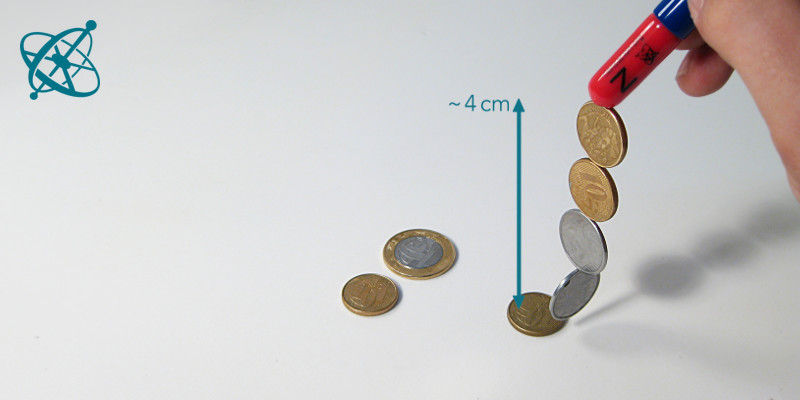

The Casa de Moneda de Manila (or Manila mint) was founded in 1857 in order to supply smaller Philippine currency after the California gold rush of 1848 made silver more expensive and drained the colony of silver and small gold coins. In copper: 1/2, 1, 2 cuartos 20 cuartos in a real and 160 cuartos in a peso.In silver reales: 1/2, 1, 2, 4, 8 reales one peso equals 8 reales.

In gold escudos: 1/2, 1, 2, 4, 8 escudos each escudo worth approximately 2 silver pesos or 16 reales.Gold and silver coins brought to it by Spain, China and neighboring countries were in circulation. Until the Manila mint was established in 1857 the Philippines had no money of its own. Additionally, Spanish gold onzas or eight- escudo coins were also introduced with identical weight to the Spanish dollar but valued at 16 silver pesos. The local salapi continued under Spanish rule as a half-peso coin. The Spanish silver peso worth eight reales was first introduced by the Magellan expedition of 1521 and brought in large quantities by the Manila galleons after the 1565 conquest of the Philippines see Spanish dollar. The salapi continued under Spanish rule as a teston worth four reales or half a Spanish peso. The original silver currency unit was the rupee or rupiah (known locally as salapi), brought over by trade with India and Indonesia. Gold was an important medium of exchange in the various territories of pre-Hispanic Philippines, in the form of stamped gold beads called piloncitos and gold barter rings. From the same Spanish peso or dollar is derived the various pesos of Latin America, the dollars of the US and Hong Kong, as well as the Chinese yuan and the Japanese yen. The Philippine peso is derived from the Spanish dollar or pieces of eight brought over in large quantities by the Manila galleons of the 16th to 19th centuries.


 0 kommentar(er)
0 kommentar(er)
